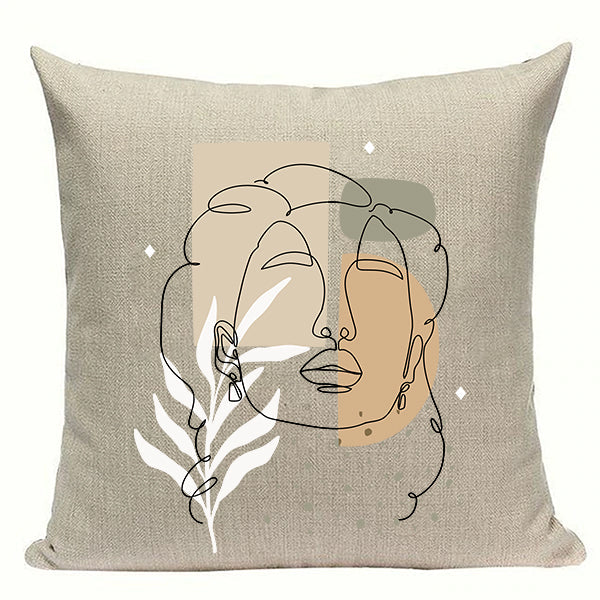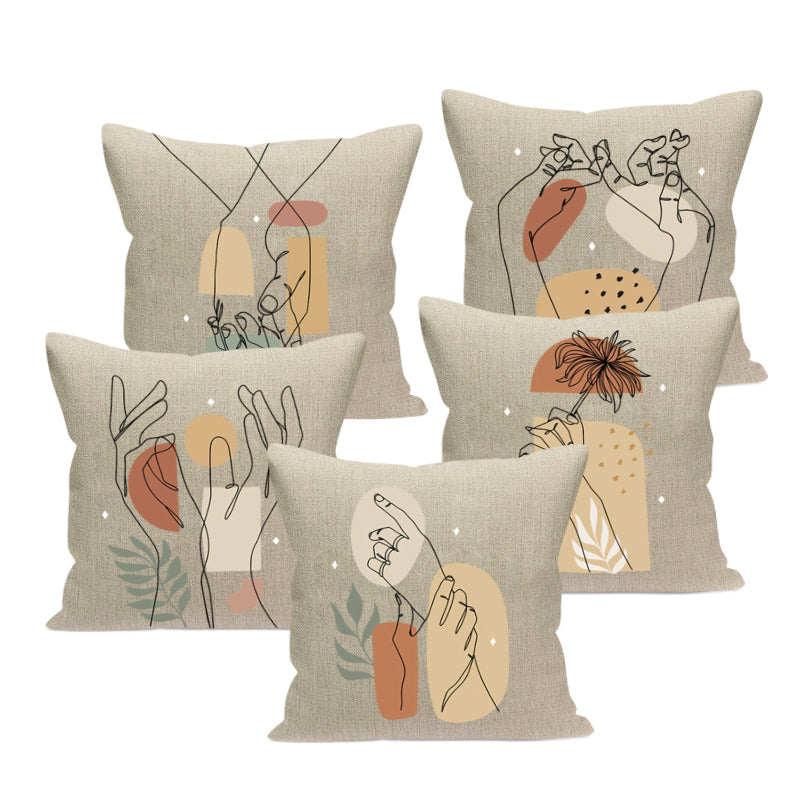The Buzz on Unique Art
Table of ContentsUnique Art Fundamentals ExplainedUnique Art - Questions4 Easy Facts About Unique Art ShownThe 20-Second Trick For Unique Art
While one could debate which art form holds priority, the truth stays that each of these seven forms provides a special home window right into human history, society, and evolution. They are the tapestries that chronicle our trip, reminding us of our past while motivating visions for the future.Excellent art work informs a tale, makes individuals look two times, and develops a distinct experience that can't be matched. Art and images connect all of that with color, form and other style elements. Discover just how to make your unique artwork stand out from the crowd.
To bring also extra drama, he expanded the paint. The curves, along with a spherical sconce, soften the edges. Frames vintage posters and maps of cherished places set the scene.
8 TRIA GIOVANEqual parts grand and laidback, this entrance hall developed by Anthony Baratta is the excellent blueprint to follow if you're embellishing a formal entry that still feels unfussy and comfortable. Formed fabrics take center phase (see the rugs and the sofa), however they likewise assist bring the high ceilings down to a human scale when hung over wallpaper.
The Ultimate Guide To Unique Art
18 Heidi Caillier DesignA gallery wall does not require to occupy the whole area. In some cases a small one can make a bigger style declaration. In this living-room, Hiedi Caillier chose micro-mini structures and a random make-up. Advertisement - Continue Reading Below19 Stephen Kent JohnsonDesigner Juan Carretero chose a deep green paint color to contrast with the light wood surfaces.
, the expression of concepts and feelings, with the production of particular visual qualities, in a two-dimensional visual language. The aspects of this languageits shapes, lines, colours, tones, and texturesare utilized in various means to produce sensations of volume, room, motion, and light on a flat surface area. These aspects are integrated into meaningful patterns in order to stand for actual or superordinary sensations, to interpret a narrative style, or to develop wholly abstract aesthetic connections.
Later the idea of the "fine artist" developed in Asia and Renaissance Europe. Famous painters were paid for the social condition of scholars and courtiers; they signed their work, determined its layout and usually its subject and images, and developed an extra personalif not always amicablerelationship with their patrons. During the 19th century painters in Western cultures started to shed their social placement and secure patronage.
An Unbiased View of Unique Art
Others earned an income via touring events of their job. The need to attract an industry had changed the comparable (if much less impersonal) demands of patronage, and its effect on the art itself was probably similar too. Unique Art. Normally, artists in the 20th you could look here century might reach an audience just with industrial galleries and public museums, although their job may have been occasionally duplicated in art periodicals
For the background of paint in ancient Egypt, see Egyptian art and architecture. The development of paint in various regions is dealt with in a number of posts: Western paint; African art; Central Oriental arts; Chinese paint; Islamic arts; Japanese art; Korean art; Native American art; Oceanic art and design; South Eastern arts; Southeast Asian arts. For a conversation of the bogus of masterpieces, see imitation. For a discussion of the role of painting and various other arts in religious beliefs, as well as of the usage of religious icons in art, see spiritual meaning and iconography. For information on various other arts associated to painting, see short articles such as attracting; people art; printmaking. , also when a paint's narrative importance is odd.
Do not copy the design of other musicians if you're looking for your style. Duplicating other individuals's art work can be fantastic in instructional purposes but it will certainly not make you closer to discovering more information your very own special style. Your imaginative style has to be, what you like and what motivates you.

Unique Art - The Facts
You need to attempt whole lots of different options and explore whatever before you can concentrate on one certain style or you'll be tired, or even worse, you'll dislike your own design. So I suggest you to attempt each and every single topic that you want, check out as much as you can. Try various tools that thrill you and new strategies you've never tried before.
With time you'll be able to arrange every one of them into your favorite and least favored groups. Try to focus your focus on the subjects and mediums that you like and prior to you see it coming you'll have your very own personal and special style, like no one else have! So in the end you'll have a couple of favored based on repaint and perhaps a few favored tools.
